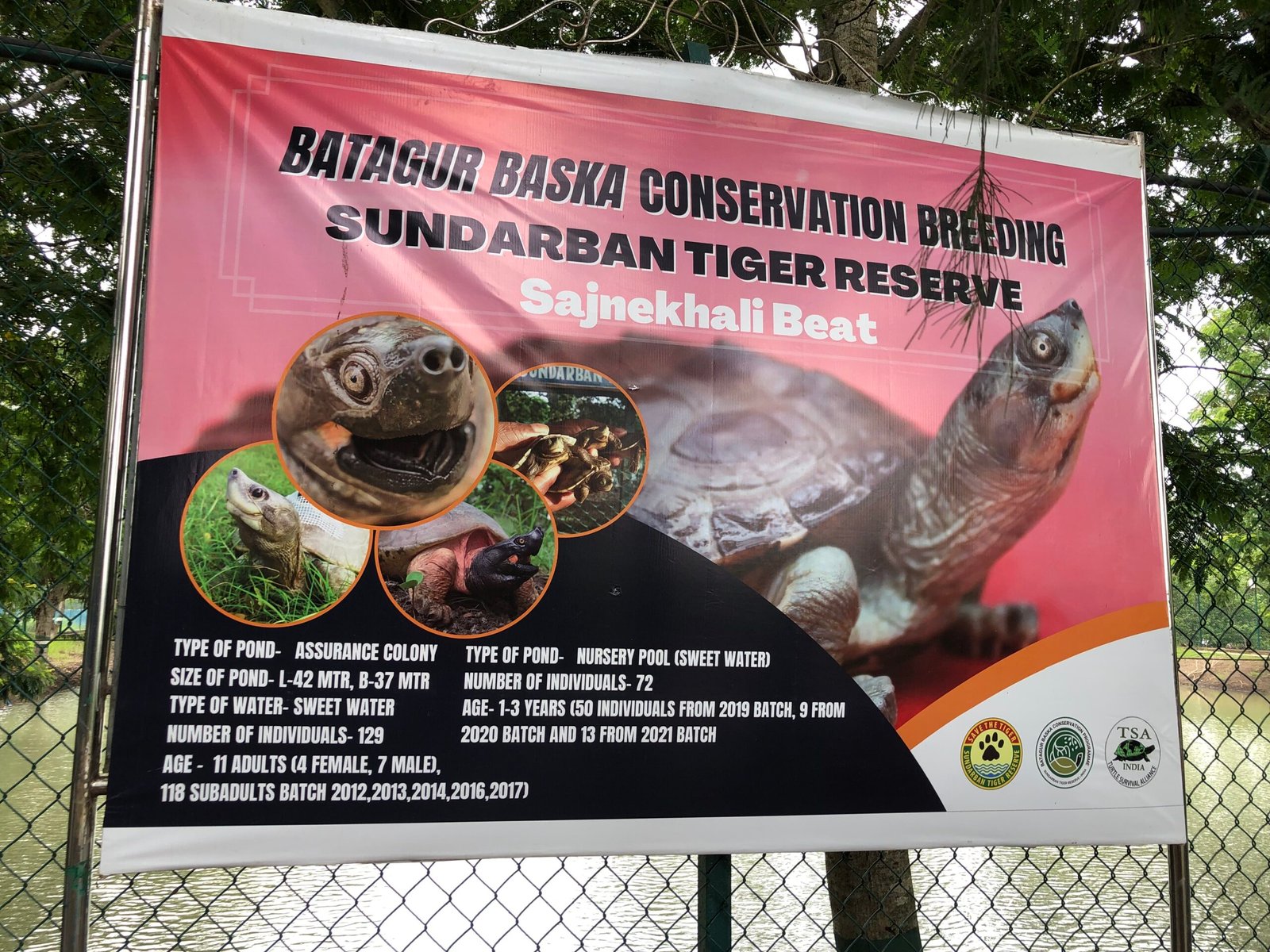Biodiversity is proven to be conserved both ex-situ and in-situ. With almost one-third of global flora being threatened, the UN declared 2011-2020 to be the “Decade of Biodiversity.”.

Biodiversity is proven to be conserved by both ex-situ and in-situ. Almost one-third of global flora being threatened, UN declared 2011-2020 to be the “Decade of biodiversity”. Global biodiversity losses has been alarming reported across the continents and oceans due to both natural and anthropogenic activities.
The global biodiversity erosion has been threatening many species of flora and fauna with imminent extinction. Several approaches has been adopted globally to such endangered species; however, we would like to highlight and stress upon the importance of biotechnology in conservation of biodiversity.
But what is so special about plant biotechnology? Let’s have a look. The discoveries such as plant tissue culture, micropropagation, cloning, somatic hybridization and organogenesis, cryopreservation, and the formation of gene banks
In a controlled environment, grown up tissue cultured bananas are marketed by many organisations in India, and saving endangered plant species by reviving them from dormancy has become a habit for researchers on a global scale.
To achieve genetic stability of germplasm, molecular markers are a high-stakes issue. To get a clue from a missing link and trace it to an ancient one, DNA polymorphism plays a pivotal role. Through the amplification of plant DNA by Polymerase Chain Reaction (PCR), we can interconnect the tracing clues.
India being the largest home for medicinal plants, a diverse flora and fauna can have the most usage of modern biotechnology just to reach the upper limit of the production of novel molecules, also determining it through NMR-Spectroscopy, a machine giving the Midas touch to every aspect of science.
The global hunger index and census have already established the need for a proper ration. The increasing global demand for pulses and other crops can lead us to opt for the latest technique called “speed breeding,” by which we can reach limits without disturbing or disrupting diversity.
In the near future, this process is going to be time- and cost efficient. When it comes to mitigating coral reef degradation and malformation, the contribution of microbial biotechnology is the utmost thing to be considered.
Keeping in mind the Sustainable Development Goals, combating the effects of climate change and preserving marine resources are categorically strategized using biotechnology. It is contributing resilience and restoration to the reefs.
For wild life, Herbivore Floral Animals are conserved through ARTs. Out of the 200 deer subspecies founded globally, 40 endangered species are prominently producing embryos through in vitro fertilisation.
Collecting oocytes by LOPU- (laproscopic ovum pick-up) coupled with IVF and IVP will possibly be the key to safeguarding the sika deer species. SCNT (Somatic cell nuclear transfer) applied to Rhesus macaques to develop pluripotent stem cell lines; microsatellite profiling for Rhinoceros; and SCNT (Intra somatic cell nuclear transfer) applied to Mouflons leads to saving endangered beings.
Studies on bamboo-eating pandas are leading to a new direction for their nutrition. Koalas, which are native to Oceania, are among the most endangered animals to have their genomes sequenced.
EUFROGEN is a well-known programme for determining long term forest conservation over longer terms. This pan-European awareness programme has already proven to be highly efficient and effective, just like cryopreservation has established itself as a blessing of biotechnology, not only for seed preservation but also for eliminating plant pathogens, i.e., shoot-tip cryotherapy, which has been an absolute lifesaver.
Production of synthetic seeds having a matrix (synthetic genotype), plant propagules, an artificial coat (membrane), and Cryobiomics are becoming global hot topics for researchers to dig into. So, clearly, protecting flora and fauna is a global concern. In the near future, land holding properties of mangroves in normal areas might also be studied.
The diminishing number of indigenous flora and fauna across the globe has created an atmosphere of trauma among the various fragile habitats and ecosystems of our one Earth. Arguably, it’s high time to use biotechnology as a tool for growth, conservation, and prosperous futures. This new and powerful tool can be effectively applied at the action level of both ex situ and in situ conservation efforts with carried objectives.
The biotechnological approach can help in reducing the life cycles of certain species to make them multiply successfully, help them regenerate much faster to avoid any serious microbial infections, or help them in genetically tagging themselves following DNA barcode technology to determine their geographical and genetical origins in establishing complex legal cases in the future dealing with illegal wildlife trade and trafficking related crimes.
Biotechnology has much to offer with respect to global conservation efforts aimed at protecting many vulnerable and critically endangered species from their future extinction.